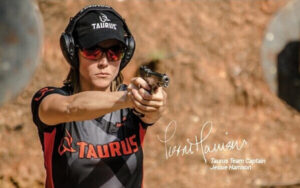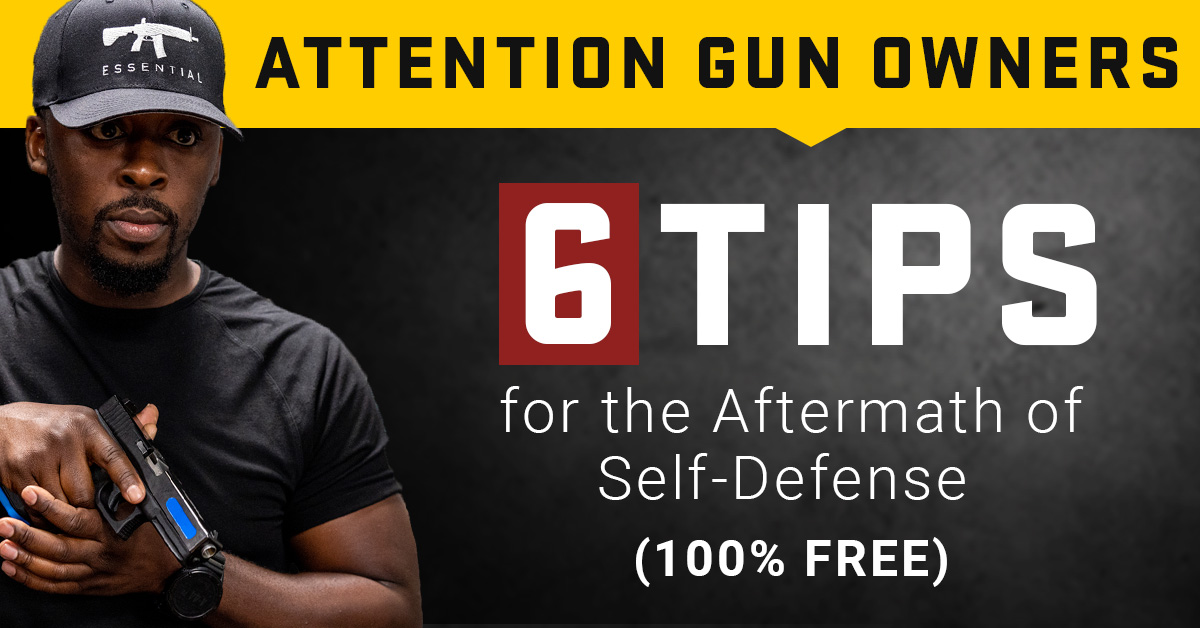George Farr, firing a “off-the shelf” M1903 Springfield he had never fired before, and using GI “tin-plate ” ammunition, shot 71 consecutive Bullseyes at 1,000 yards (70 for the record), setting a records that has never been beaten. This is not your typical Daily Bulletin article. This is a historical account of one the greatest marksman performances in the history of National Matches held at Camp Perry. This amazing narrative is worth reading from start to finish for any competitive shooter. This story was provided by the NRA blog with photos from the NRA Museums. An Old Man at the National Matches
‘Dad Farr’s’ Golden Afternoon At Camp Perry
Doug Wicklund is the Senior Curator at NRA Museums. It’s 1921. Warren Harding, President of the United States at the time, was less than three year old. “The War to End All Wars”, was also not far behind. The nation was returning to normal, and for competitive shooting, this meant an annual pilgrimage to the shores Lake Erie where the National Matches were held at Camp Perry since 1907. In the “Roaring 20s”, marksmen from all over the country would gather to make the trip, and they would stay in tent clusters on the green lawns behind the firing positions.
The silver plate on George Farr’s M1903 Springfield reads: “With this gun and using issued ammunition, Mr. G.R. Farr from Seattle Wash, in the Wimbleton Match 1921, Camp Perry O. made 71 consecutive bullets at 1000 yards”. One man stood out from the rest at the 1921 National Matches. George “Dad”, a 62 year old man from Washington, was heading east for the first time to compete in the “big leagues”, or as his Evergreen State friends called the annual competitions. “Dad”, as he was affectionately called, was older than most shooters during that late summer, and he walked forward with a bit of hesitation in a khaki t-shirt and dungarees. He was not a high-power shooter. He arrived at Camp Perry with no rifle and used a monocular he made from a pair French opera glasses as a spotting telescope. The previous day, he had problems with the.30-06 Springfield rifle he chose from the rack. It didn’t hold a consistent zero. He chose a new gun, another rifle off the rack that was no different than the one next to him. George Farr made the best choice of his life, even though he did not realize it. Farr prepared his bolt-action rifle and a clip with five rounds of Government Issue ammo, then went to the position. He was ready to shoot at a 1,000-yard mark with a rifle that he had never fired before. He may have resigned himself to the outcome, after all it was the final relay of the day. The sun was slowly descending to the horizon in the west. Farr sat down with his Springfield and began to fire. Shooters in the area were puzzled as this shooter squirmed, shifted and squirmed repeatedly. But they were amazed when he made his initial hits on paper. Farr was using Frankford Arsenal tinplate ammunition, which is the standard G.I. .30-06 rounds. Marine Sgt. John Adkins, who had just won Wimbledon Cup, was using Remington match ammo and had rejected the government ammunition. The Historic String of Bullseyes
Farr’s two sighters were successful at the 36-inch distance target. The last sighter was a bullseye. He then prepared to fire a record 20 shots. Each of the 20 shots landed in the center. Each shot was scored as a “5”. Farr prepared to leave after this incredible string. He gathered his monocular. His fellow shooters informed him that match rules required that he continue firing until “the black”, or the inner 5-Ring target bullseye in the center, was missed. Farr only had one box of ammo with him at the firing line and was out. The sun continued to retreat as he waited on more tin-plate ammunition. Farr continued to shoot, adding up increasing strings of bullseyes — 30, 40, 50, 60 — each impact on target carefully recorded on his scorecard as the darkness grew. After the 71st bullet, when the daylight was gone, Farr’s incredible streak came to an end. George Farr, using a rifle he had just taken from an ammunition rack, had already fired 71 consecutive bullseyes. The audience was amazed by this amazing feat. His fellow shooters took up a generous donation to recognize Farr’s natural talent and enable him to buy the bolt-action Springfield that he had worked wonders with on that faraway target. The money was still enough to order a silver plate inscribed with the states that had contributed and mount it on the buttstock of the rifle.
Click HERE to zoom in. The following year, the Civilian Team Trophy became the Farr Trophy and George Farr’s record was never beaten. Farr’s rifle stayed in Washington, and never made it east to Camp Perry. In 2011, the Farr family donated a legendary piece of shooting heritage to the NRA National Firearms Museum. As NRA Museums curators assembled the collection to be displayed at the NRA National Sporting Arms Museum in Bass Pro Shops, Springfield, Missouri in 2013, the museum staff created an exhibit highlighting George Farr’s Model 1903 Springfield and its special role in competitive shooting history. A simple monocular rests next to the rifle, a silent witness to the history of Camp Perry that was made on September evening 1921. Farr’s Springfield…is one of thousands historically significant firearms in the NRA Museums collection on display at three locations. Visit the NRA Museums to view the collection in person and learn more about each gun’s incredible story. You can also browse the NRA Museums web site.

















